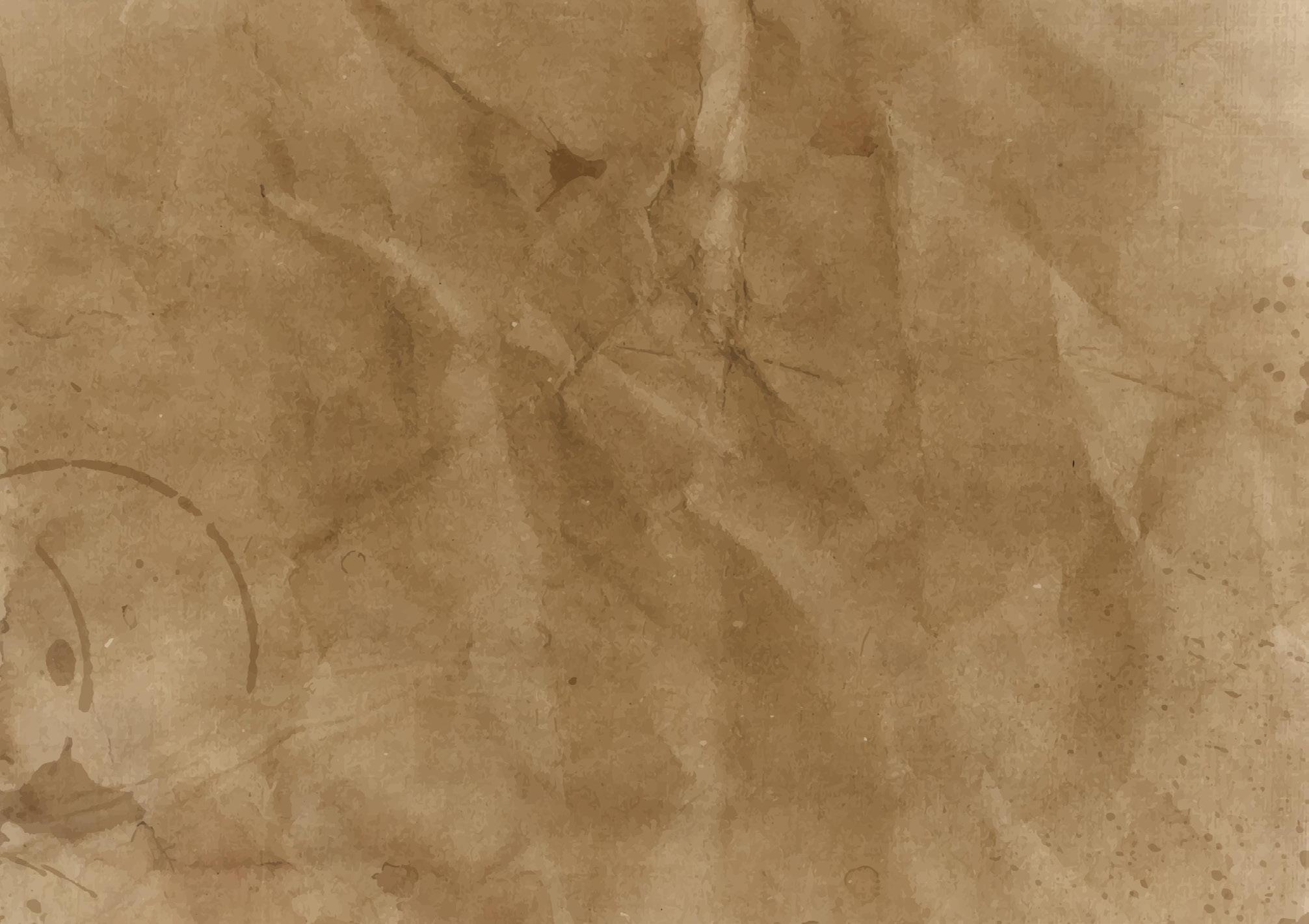
2 minute read
Erased History
from Appropriate
Between 1882 and 1968, 4,743 lynchings were officially recorded in the United States. Seventytwo percent were African American people.1
Many of these crimes were photographed and, almost unbelievably, in the late 19th and early 20th century, some were turned into postcards. The cards were both mailed and kept as souvenirs; physical 'souvenirs' were even sometimes taken from the bodies of the murdered victims.
“In a typical lynching postcard, the victim is displayed prominently at the centre of the shot, while smiling spectators, often including children, crowd the margins of the frame, posing for the camera to prove their presence. Facial expressions suggesting remorse, guilt, shame, or regret are rare.”2
They served not only to ‘celebrate’ the power of the white majority and the ‘justice’ meted out on untried victims, but to intimidate African
Americans and other minorities, and those who supported them.
In 1908 the postcards were banned by the US Postmaster General. However, as late as the 21st century they were still available “from dealers who offered them in whispered tones and clandestine marketplaces.”3
In 2002 artist Ken Gonzales Day displayed altered images from the postcards in his Erased Lynching Series. He photoshopped the victims and the horror of their fate out, forcing the eye to focus on the people committing, observing and supporting the violence, thus forcing “the viewer to focus on the crowd and, in doing so, to address the underlying racism and bias that was so foundational to many of these acts of collective violence.”4











